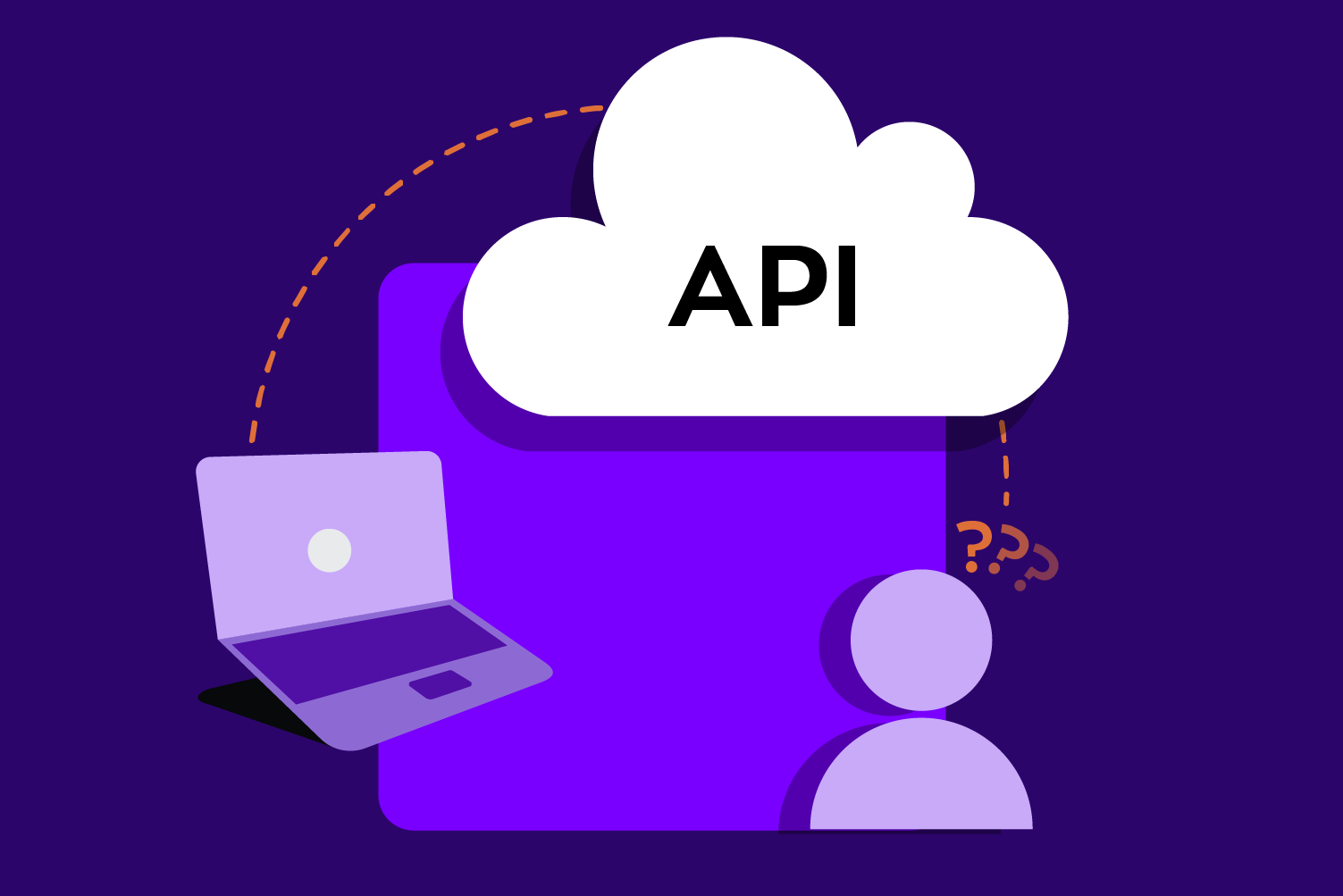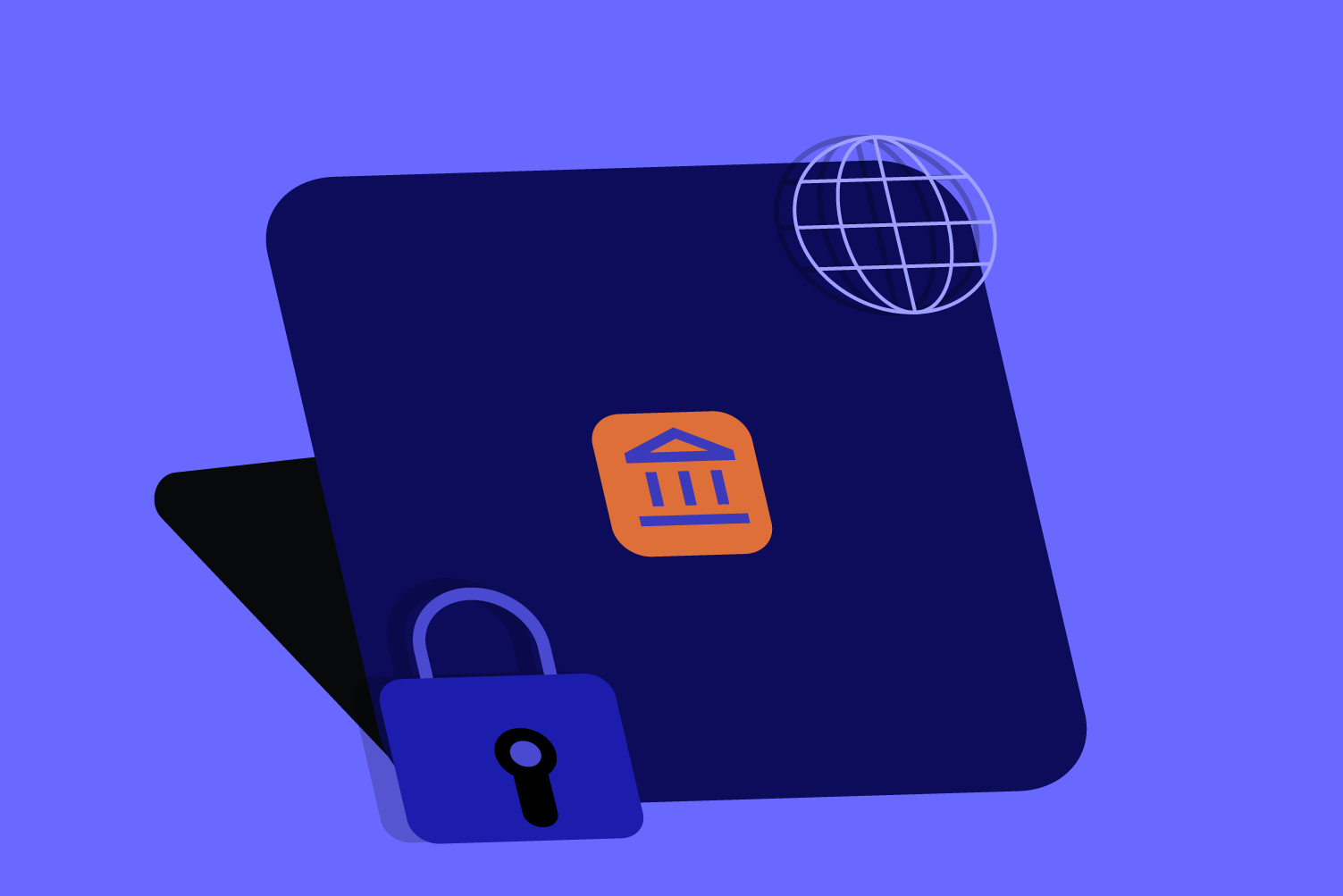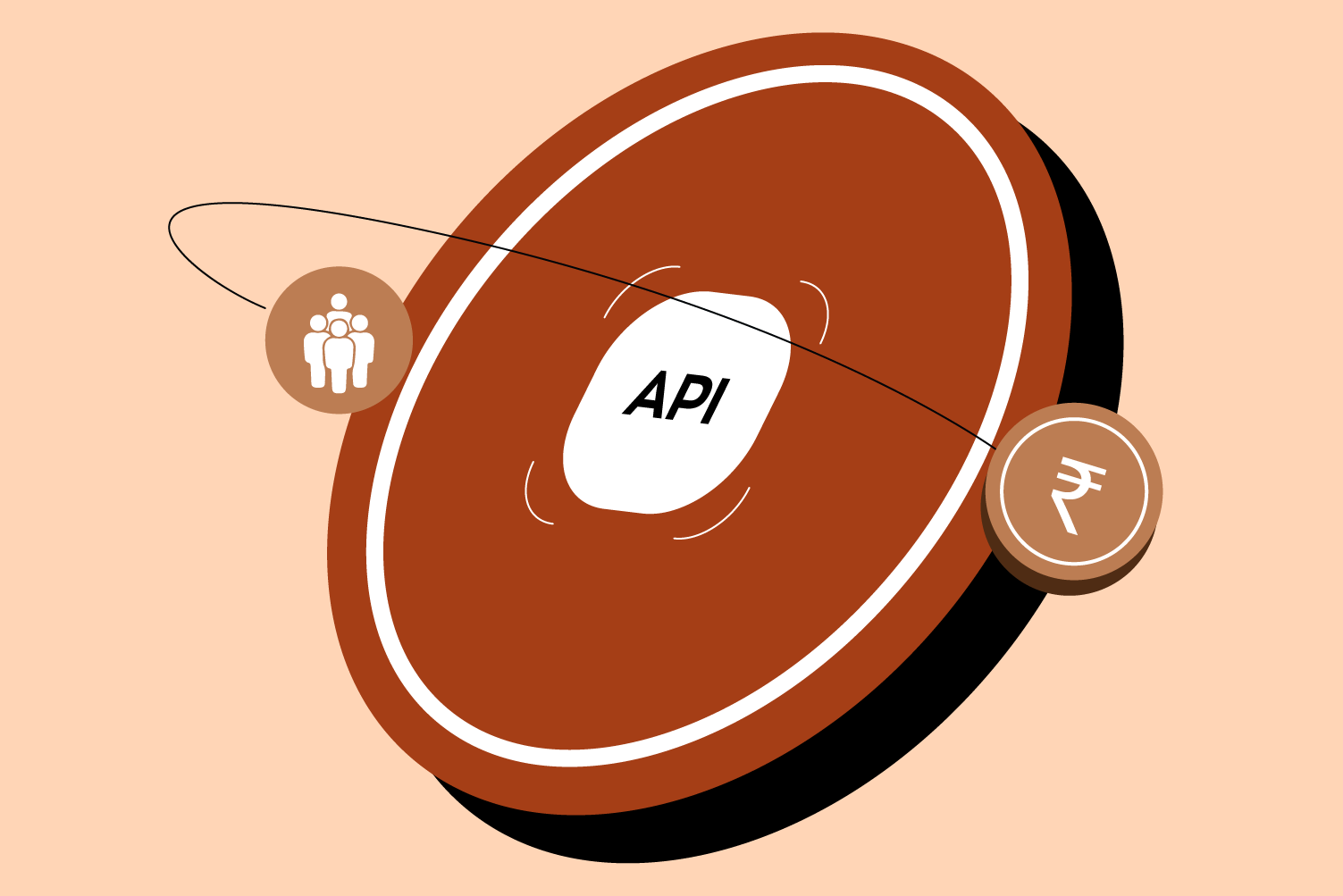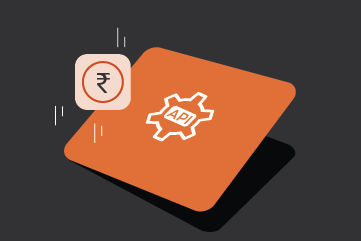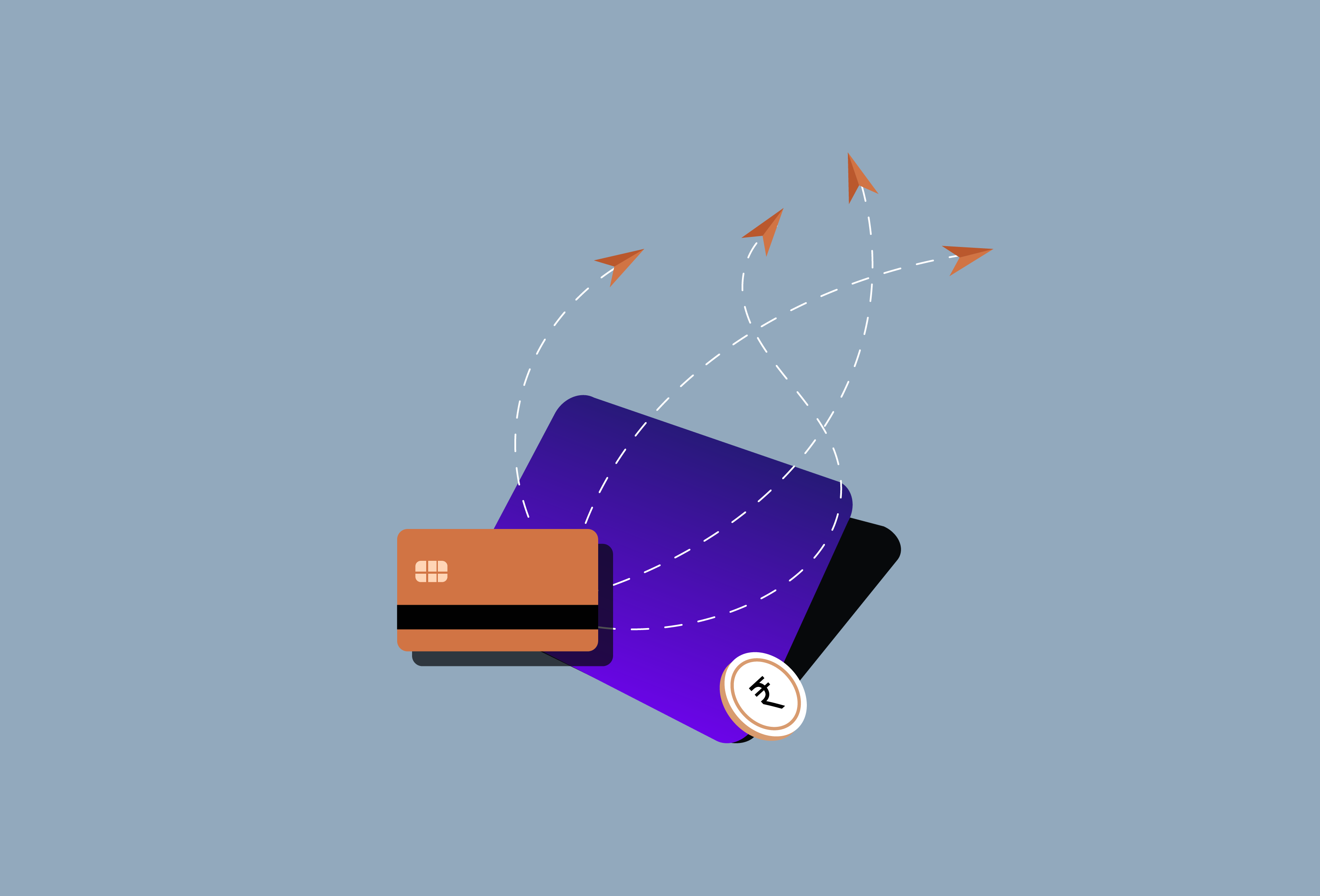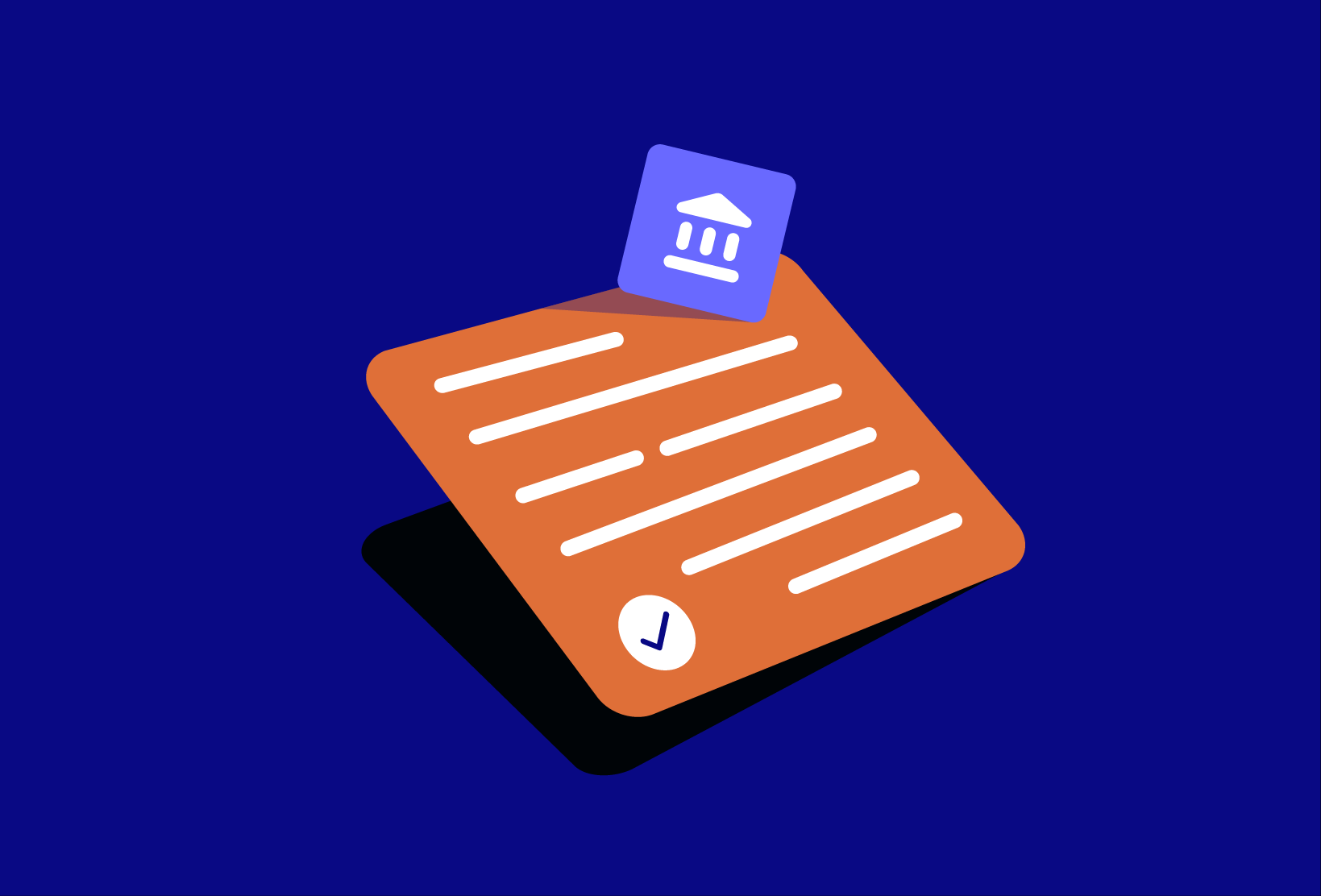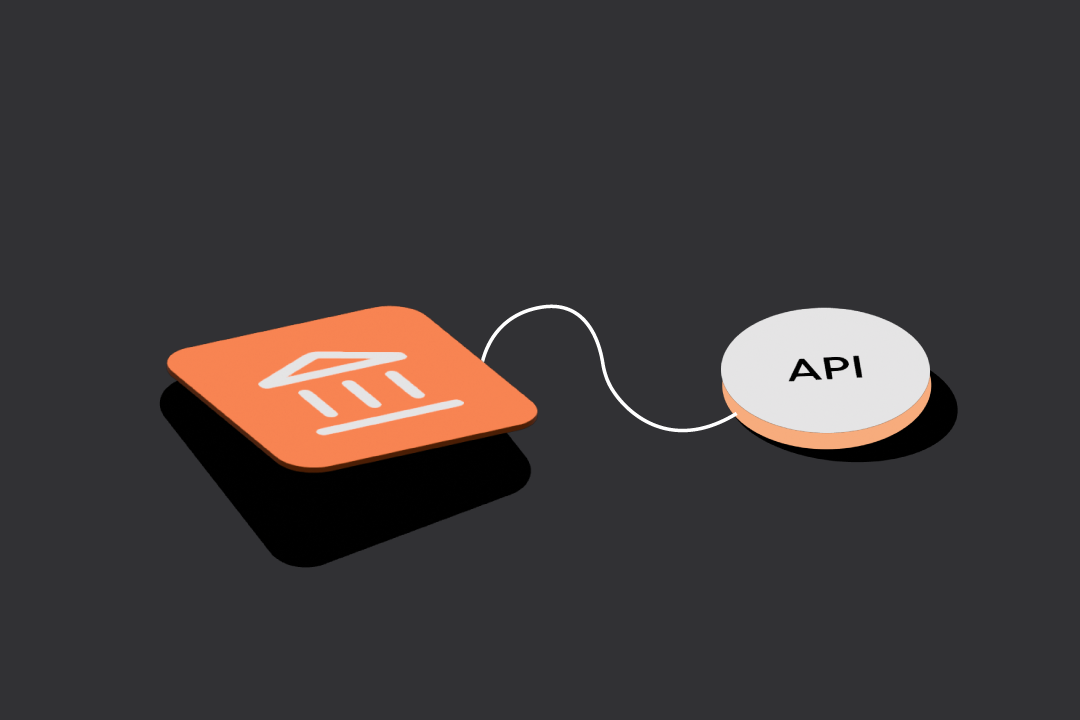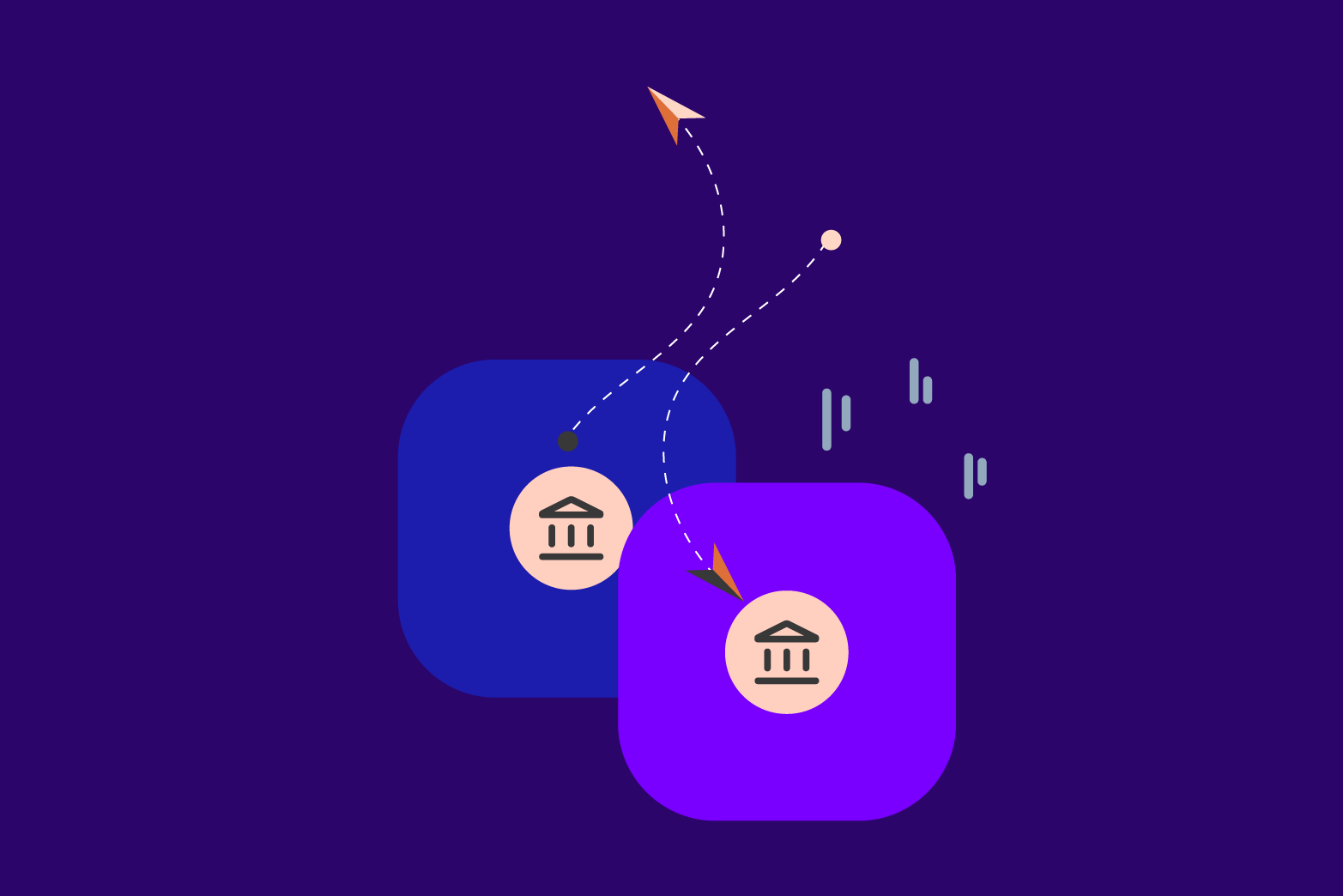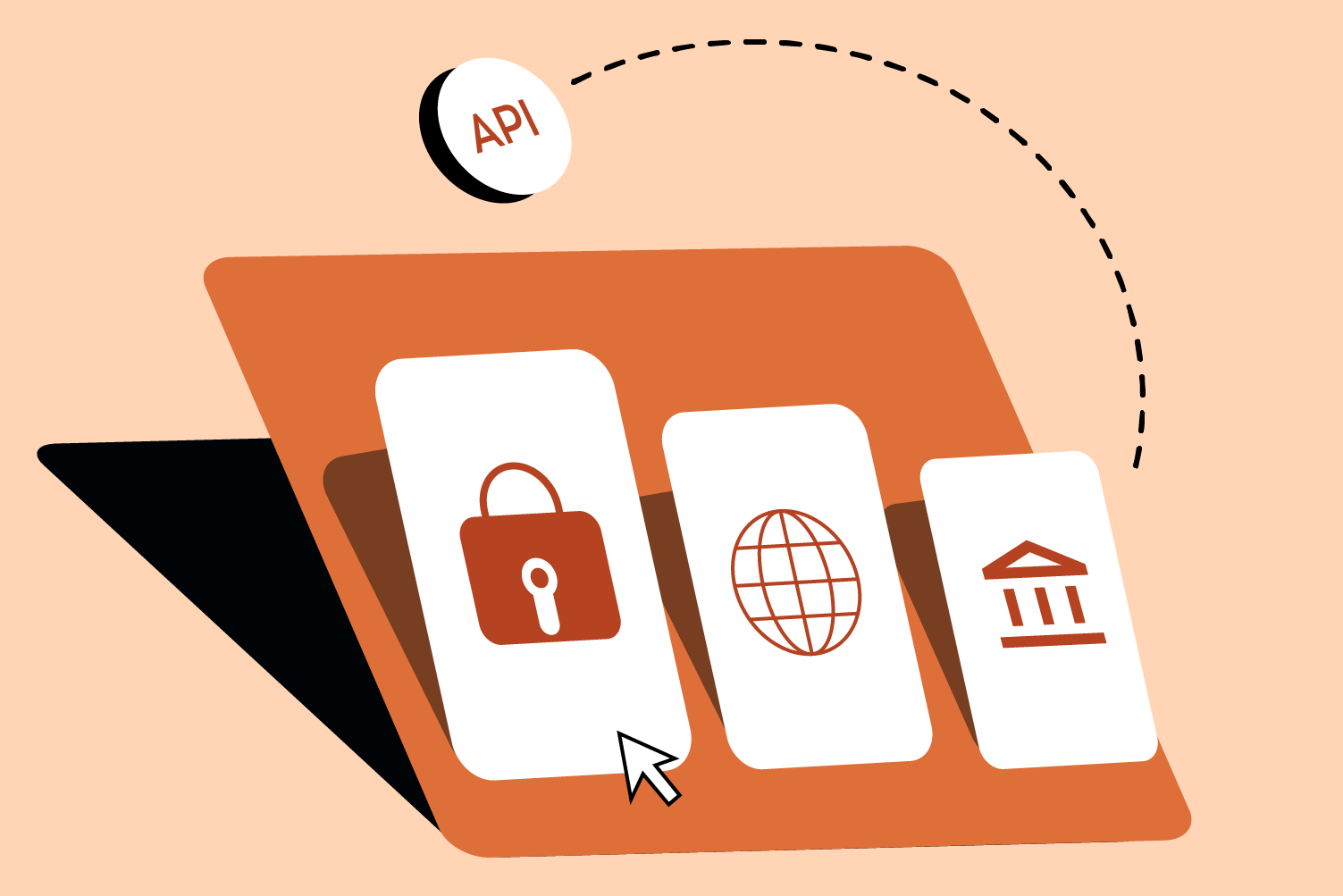In our last chapter, we reviewed the basics of API banking and its impact on the banking industry.
With the fascinating but immense technological changes happening daily and the increasing number of new banking & fintech API models emerging, it is hard for us to keep them all apart. In this chapter, we’ll guide you through the jargon jungle of API banking models & understand what makes them stand out.
Standard API Models
There are three kinds of API models. They are—
- Open banking
- Banking As A Service (BAAS)
- Platform banking
Open Banking
If you follow the Indian fintech space closely, you must have noticed the buzz around ‘open banking’.
Open banking is a system where banks securely share customer banking data (with their consent) with authorized third-party developers via open bank APIs. This data enables them to build applications and services, making banking more fluid and accessible. Open banking is one of the most widely adopted API banking models.
Let’s understand with an example.
Quite a few financial management applications benefit from Open banking. They combine information from all your bank accounts into one application. To combine all the information, the app draws all the transactional details from the bank, which can be done by integrating with the bank’s systems via APIs.
This API integration will most often be provided by another party (the third-party providers). They are generally categorized as API banking platforms and can be considered the middlemen who connect banks with these financial management apps. You can read more about them in our previous chapter.
There are quite a few examples where open banking is put to use. However, the critical thing to remember is that everyone involved in the game stands to benefit from open banking. Some of the most significant benefits worth mentioning are—
- Banks can widen their scope of earning income by sharing data with third-party providers.
- Fintech companies specialized in lending can scrape into customers’ bank statements and develop instant lending models.
- More transparency in customer data will help create a financial ecosystem that becomes a level playing field for all entities—banking and non-banking. Since authorities constantly monitor it, this will also end fraudulent institutions and bad practices, thereby protecting customer data from fraud.
With open bank APIs, newer fintech players entered the market. By opening their APIs to fintech companies, banks can reach new customer segments. This widens access to in-depth customer banking data compared to what was previously possible by looking at data from just one bank.
Banking-As-A-Service(BAAS): Is It Same As Open Banking?
No, they aren’t the same. The two models often get confused, since open banking involves banks connecting to non-banking institutions via APIs. However, the models serve different purposes.
Businesses simply use the bank’s data for their products in open banking models. Whereas, BAAS models, describe a model in which licensed banks integrate their digital banking services directly into the products of other non-bank businesses.
Let us understand BAAS with an example. Imagine that you own an e-commerce store. You’re facing heavy competition and want to strengthen your customer loyalty. If you could offer a debit card, you could give away loyalty points whenever your customers buy from your site using the card. By analyzing your customers’ spending behaviour, you could better understand them and offer them more tailored services.
There are many such ways to improve customer experience by offering banking services. However, every government wants you to get a banking license to provide your banking services effectively. Acquiring a banking license isn’t easy at all. You need to follow capital requirements and strict regulations.
Here is where BAAS comes into the picture.
BAAS describes a model in which licensed banks integrate their digital banking services directly into the products of other non-bank businesses. This way, non-bank companies, such as your e-commerce store, can offer customers digital banking services such as debit cards without acquiring a banking license.
To date, BAAS models are categorized into three broad categories. Let’s have a look at each of them –
1. API Stores:
Traditional or challenger banks that offer their APIs directly to consumers & fintechs to build better banking services.
2. White-labeled Platform:
Companies that provide APIs on a white-labelled platform to enable fintech players to offer specific banking services, such as issuing debit cards.
3. BAAS as Co-branding:
New age fintech players or neobanks who provide their cutting-edge BAAS platform co-branded with banks.
Platform Banking
It is a different story altogether. It can be described as the inverse of BAAS. In the platform banking model, the bank owns the customer and integrates services from a fintech service provider. On the other hand, in the BAAS model, customers from non-banking institutions can incorporate services from banks.
Banks use platform banking to prevent losing their customers to savvier fintech organizations by changing the rules of the competition. The formation of such an ecosystem will increase the possibility of reducing transaction costs.
With API banking models in place, lets dive deeper into different kinds of banking APIs.
There are thousands of APIs, but to help us understand, let’s discuss five types currently popular in the fintech space in our next chapter.


